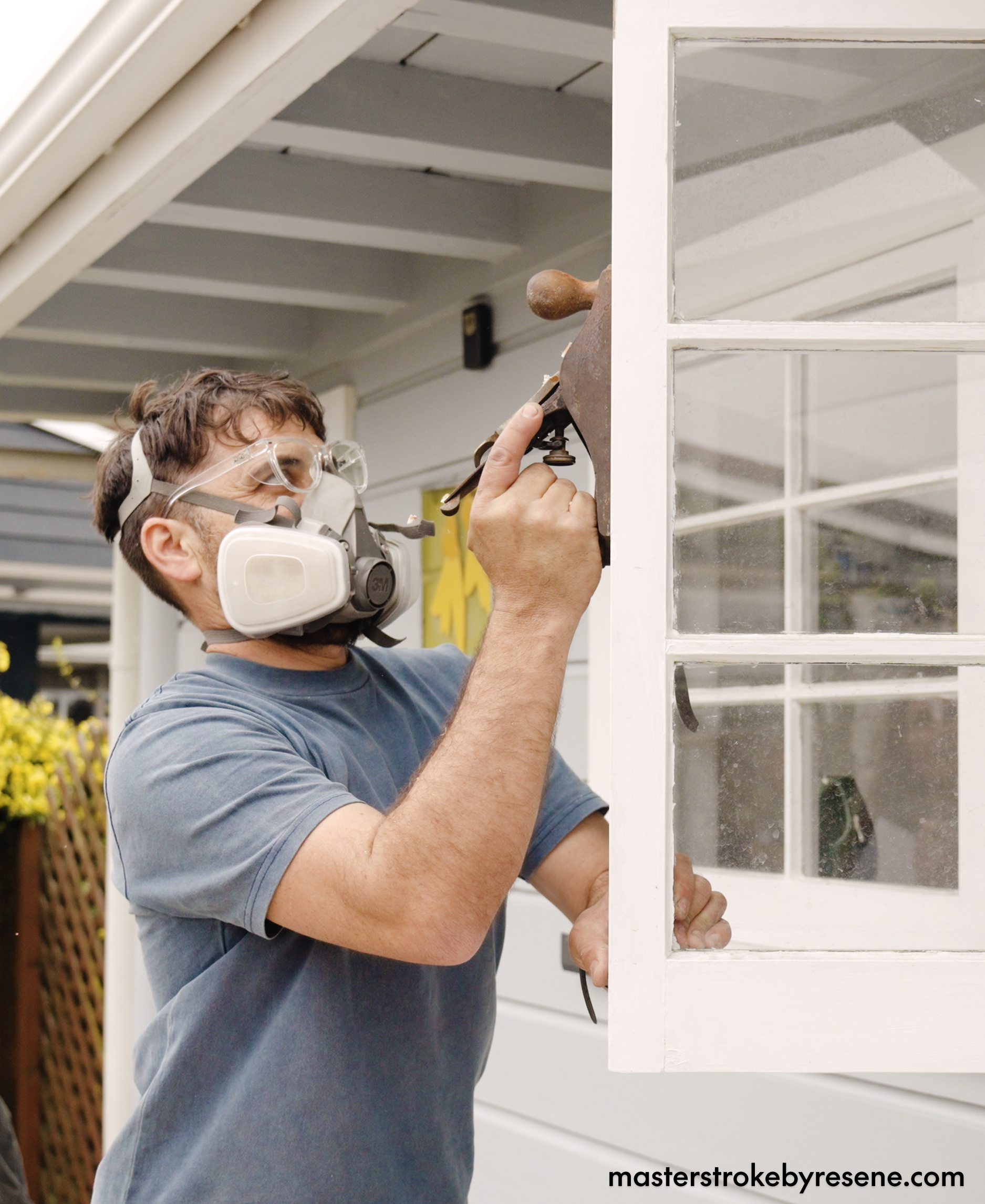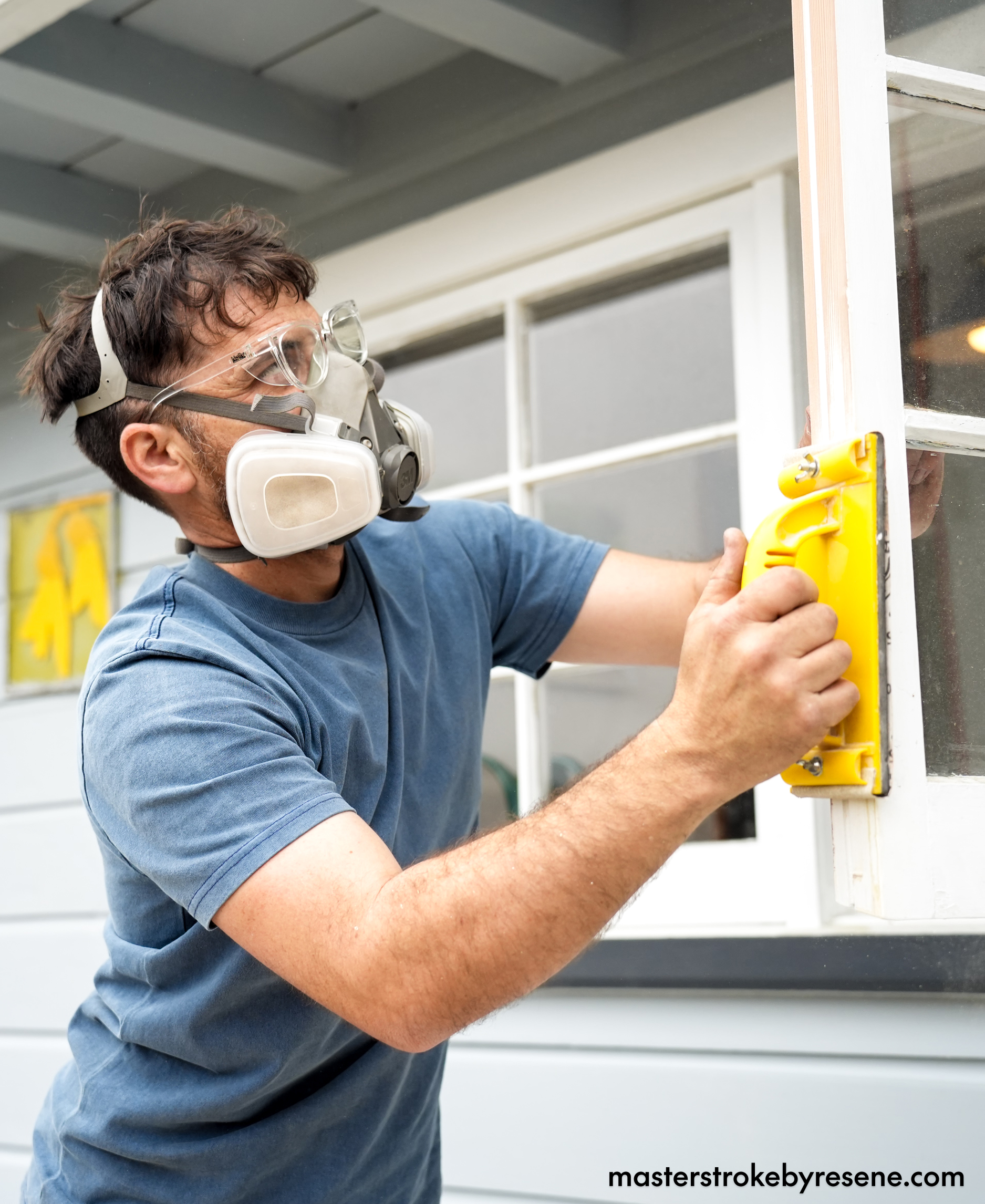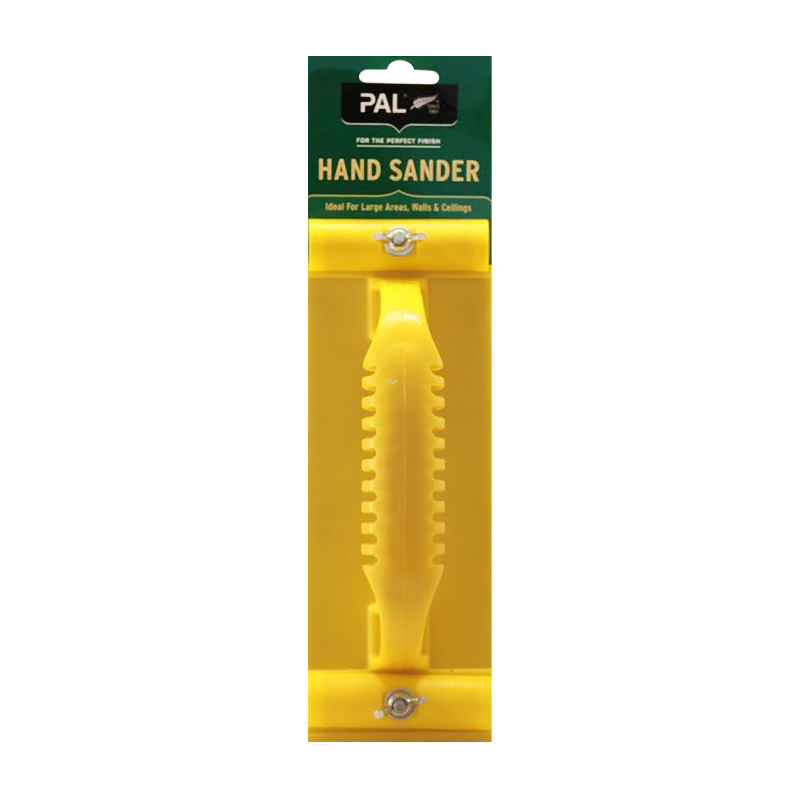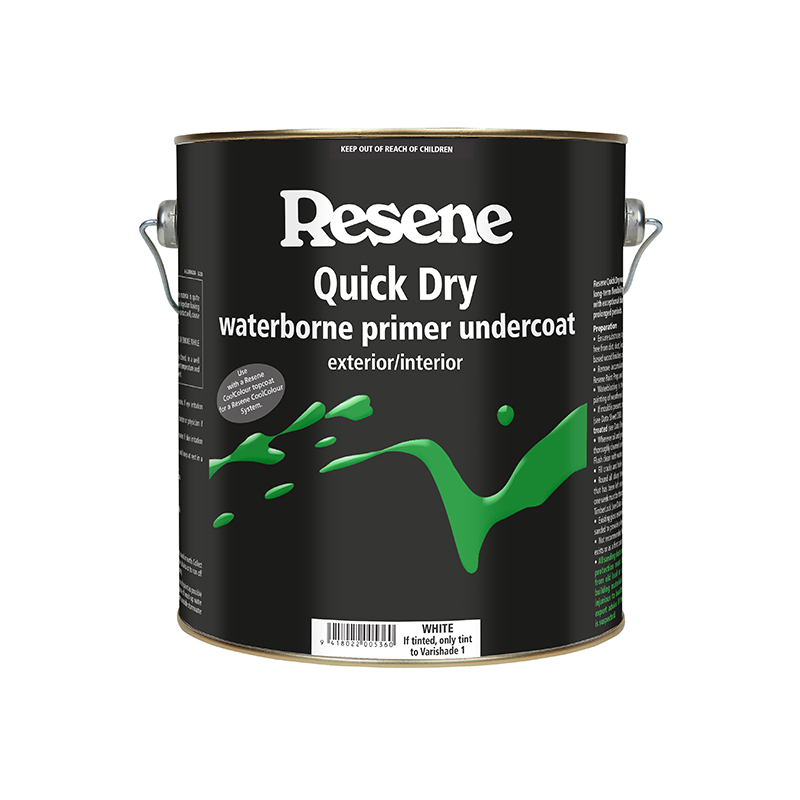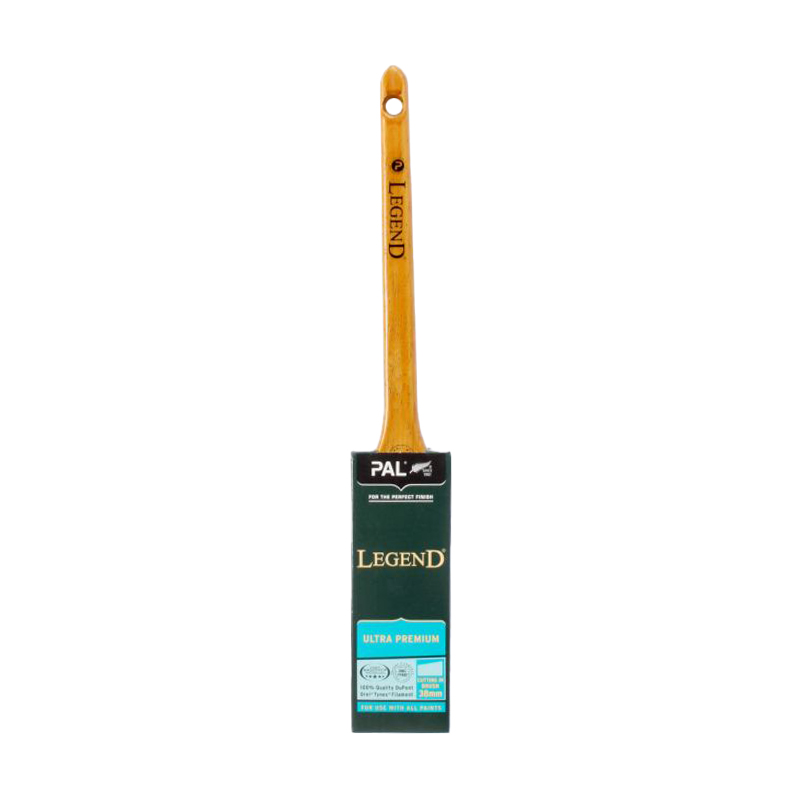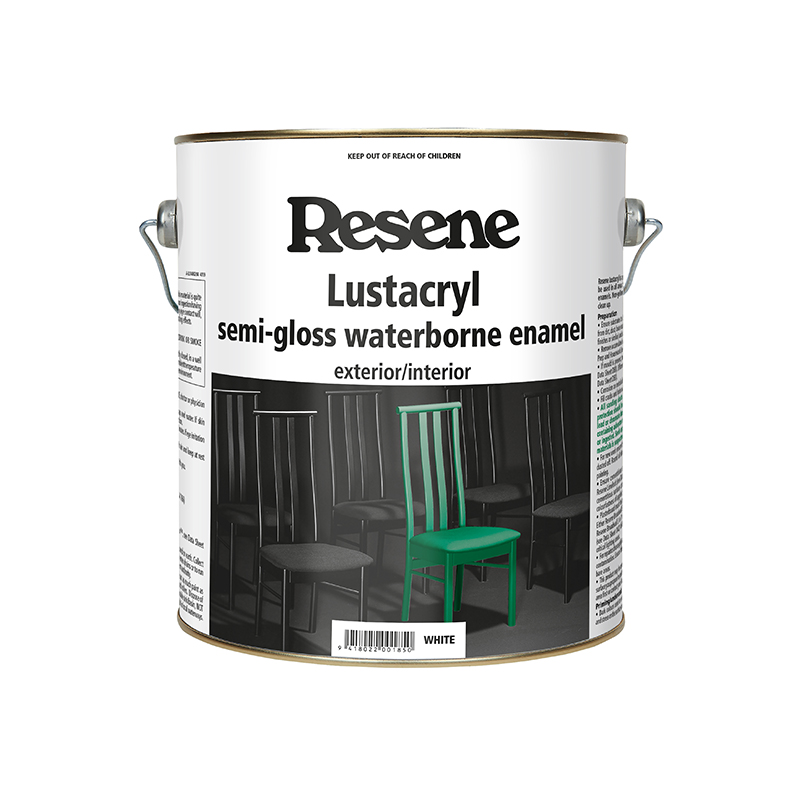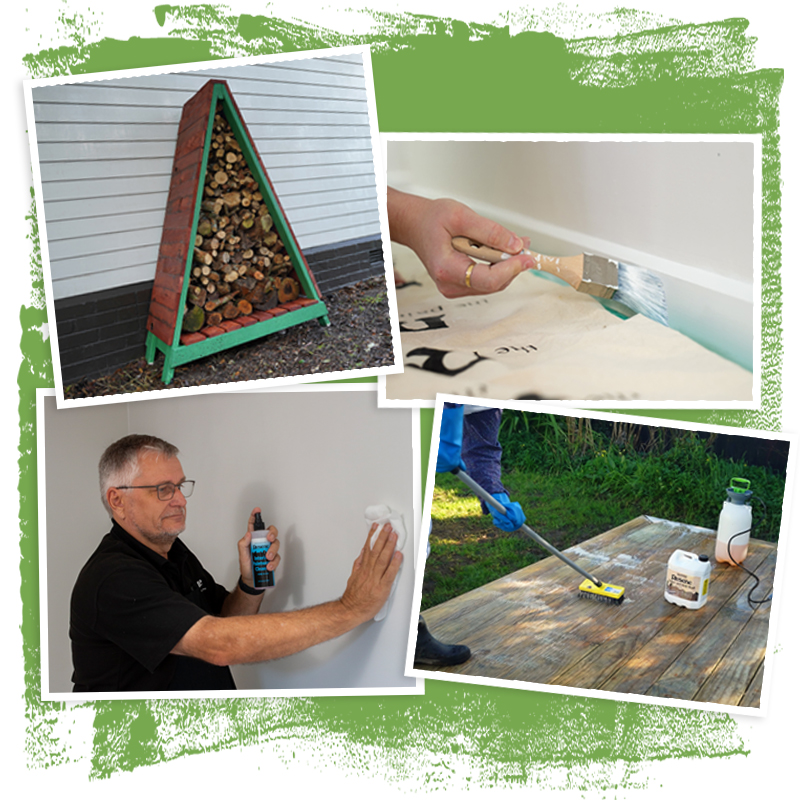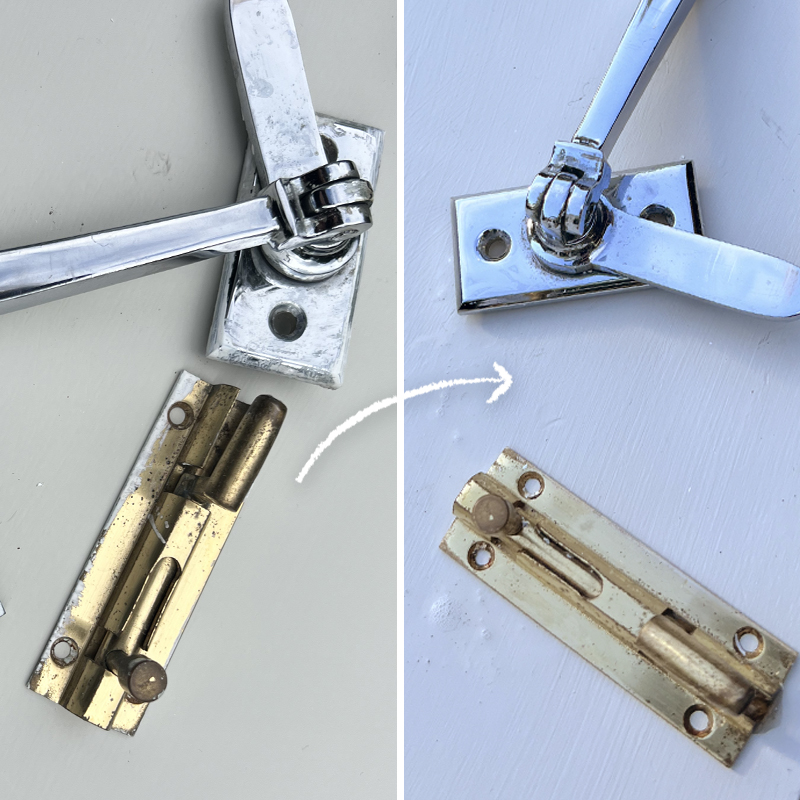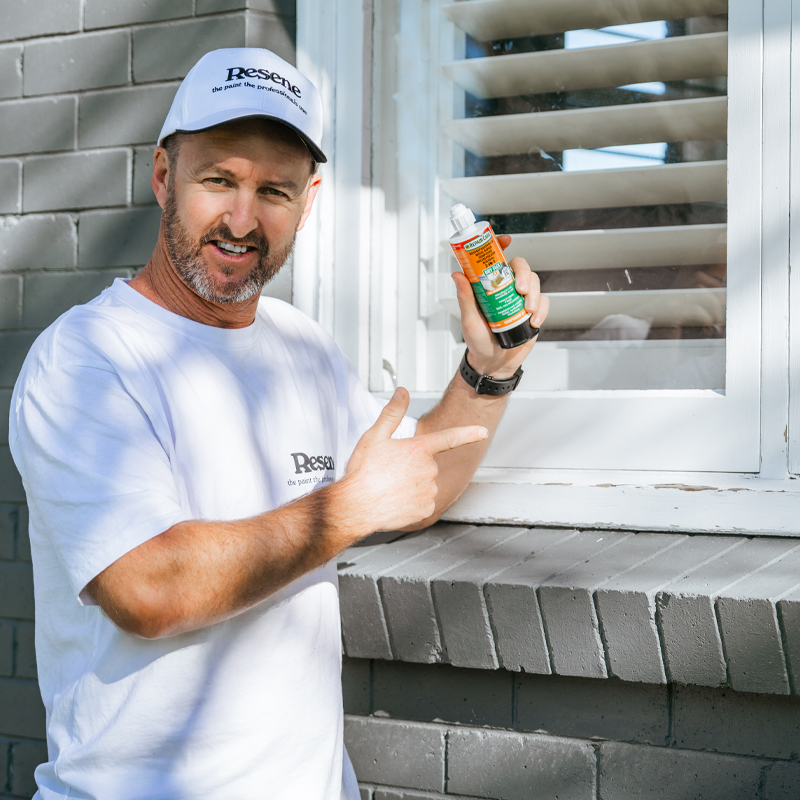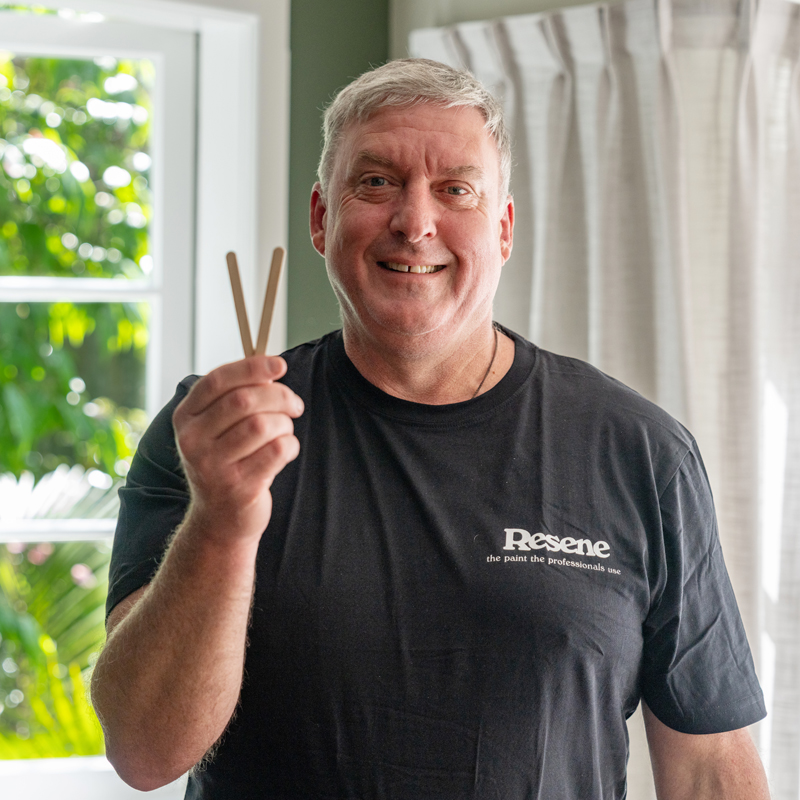Many neighbourhoods are filled with lots of classic character homes, which have traditional timber joinery. While the look is timeless and undeniably charming, more often than not you’ll run into the odd issue with them at one stage or another – the most common being a stuck window. The good news is that these minor problems are easy to sort out and it shouldn’t take you long to repair the window yourself.
Windows can get stuck for a few reasons, such as the age of your home, structural issues or too many layers of paint. Weather conditions can also contribute – moisture in the air can cause the timber to expand and contract, which can subsequently cause sticking.
In this Weekend DIY Fix video, builder Chris Donnelly shows you how to identify the issue, how to solve it and repair a sticking window yourself. The process involves using a planing tool to slightly reshape the window, then restoring the look with a coat of Resene paint.
The trick to unstick
Firstly you need to identify exactly where your window is sticking. Once you’ve figured that out, put a pencil mark in the spot then use a measuring tool to draw a line down from the pencil mark – this will be the guide to show you exactly where you will use your plane. A planing tool is used to flatten, smooth and shape a wooden surface by shaving it down.
“Window edges are not perfectly square,” Chris explains. “They have a relief angle, otherwise they wouldn’t shut at all.” When you’re planing, identify that angle and try to follow it. Plane in an upwards motion and keep checking your progress by opening and closing the window to make sure you’re not taking too much off. “It’s a fine line and you don’t want to cross it,” says Chris.


